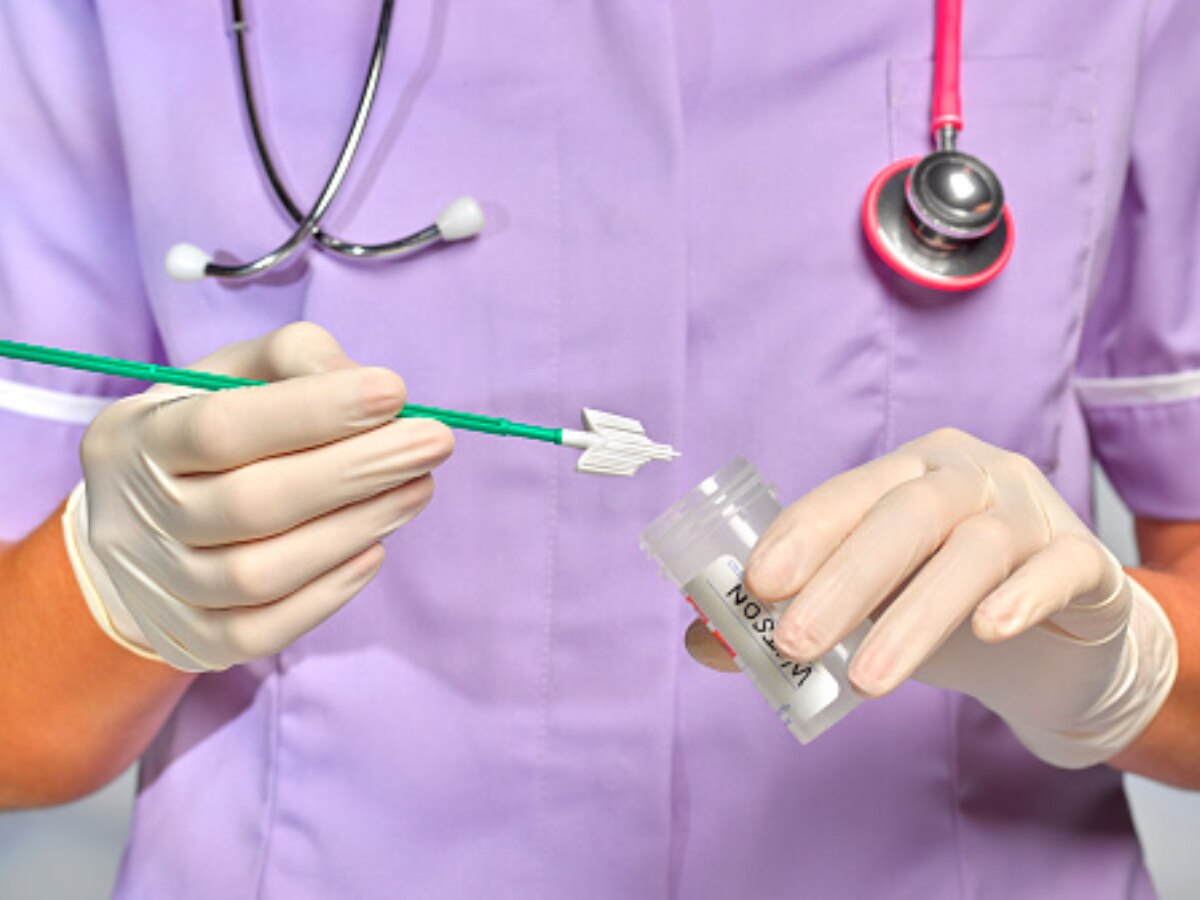Early Detection and Prevention of Cervical Cancer in India: What You Need to Know
Key Highlights :

Cervical cancer is a pressing public health issue in India, impacting numerous women each year. Unfortunately, it ranks as the second leading cause of death among women, with a mortality rate of 9.1%. Typically affecting women in their 30s and 40s, instances of this cancer are relatively rare in women under 20. Nevertheless, it remains of utmost importance for young women to be well-informed about this disease and to adopt proactive measures for early detection and prevention.
Addressing cervical cancer through preventive measures and early detection is of paramount importance for securing a safer future for women's health. Cervical cancer is a devastating disease that claims thousands of lives each year, but it is largely preventable by vaccination against HPV. By prioritizing routine check-ups and encouraging HPV vaccinations, we can empower women to take charge of their health and catch any potential issues at an early, treatable stage.
But, before knowing the preventive measures and benefits of early detection, let's know a bit about cervical cancer: What Is Cervical Cancer? Dr. Aman Priya Khanna, Co-Founder at HexaHealth , General, Laser, Bariatric and Minimal Access Surgeon said, "Cervical cancer begins in the cervix, the uterus's lower portion attached to the vagina. The Human Papillomavirus (HPV) primarily causes it; vaccination is notably effective for girls aged 9 to 14.Safe sex practices and limiting the number of sexual partners can lower the risk of HPV transmission. "
Methods Of Detection Of Cervical Cancer: "Early detection methods like PAP smear and HPV testing are simple and cost-efficient. The Pap smear examines cervix cells for abnormal changes. Regular screening is advisable for women aged 21 to 65. Unfortunately, ignorance often leads to late diagnoses, hampering treatment," said Dr. Aman Priya Khanna. In addition to that Dr. Murugan Nandagopal, Senior Scientist and General Manager, at LifeCell International, said, "Early testing acts as a powerful shield against the threat of cervical cancer. It allows us to identify the presence of high-risk Human Papillomavirus (HPV) genotypes, such as 16, 18, and 45."
Preventive measures are not just about individual well-being but also a broader societal responsibility. By reducing the incidence of cervical cancer, we can alleviate the burden on healthcare systems and free up resources for other critical medical needs. It is essential that governments, healthcare organizations, and communities work together to create comprehensive programs that emphasize prevention and early detection. By taking proactive steps and embracing a preventive approach, we can strive towards a future where cervical cancer becomes a rarity and safeguarding the well-being and longevity of women worldwide becomes the priority for all.
To prevent cervical cancer, women should get regular check-ups and HPV vaccinations. Women should also practice safe sex, limit the number of sexual partners, and get screened regularly for HPV and cervical cancer. Early detection of cervical cancer is key to successful treatment and survival. Regular Pap smears and HPV testing can help detect cervical cancer in its early stages, when it is most treatable.
It is essential that women take charge of their health and prioritize preventive measures and early detection of cervical cancer. By doing so, we can ensure a safer and healthier future for all women. Check out below Health Tools- Calculate Your Body Mass Index ( BMI ) Calculate The Age Through Age Calculator.
